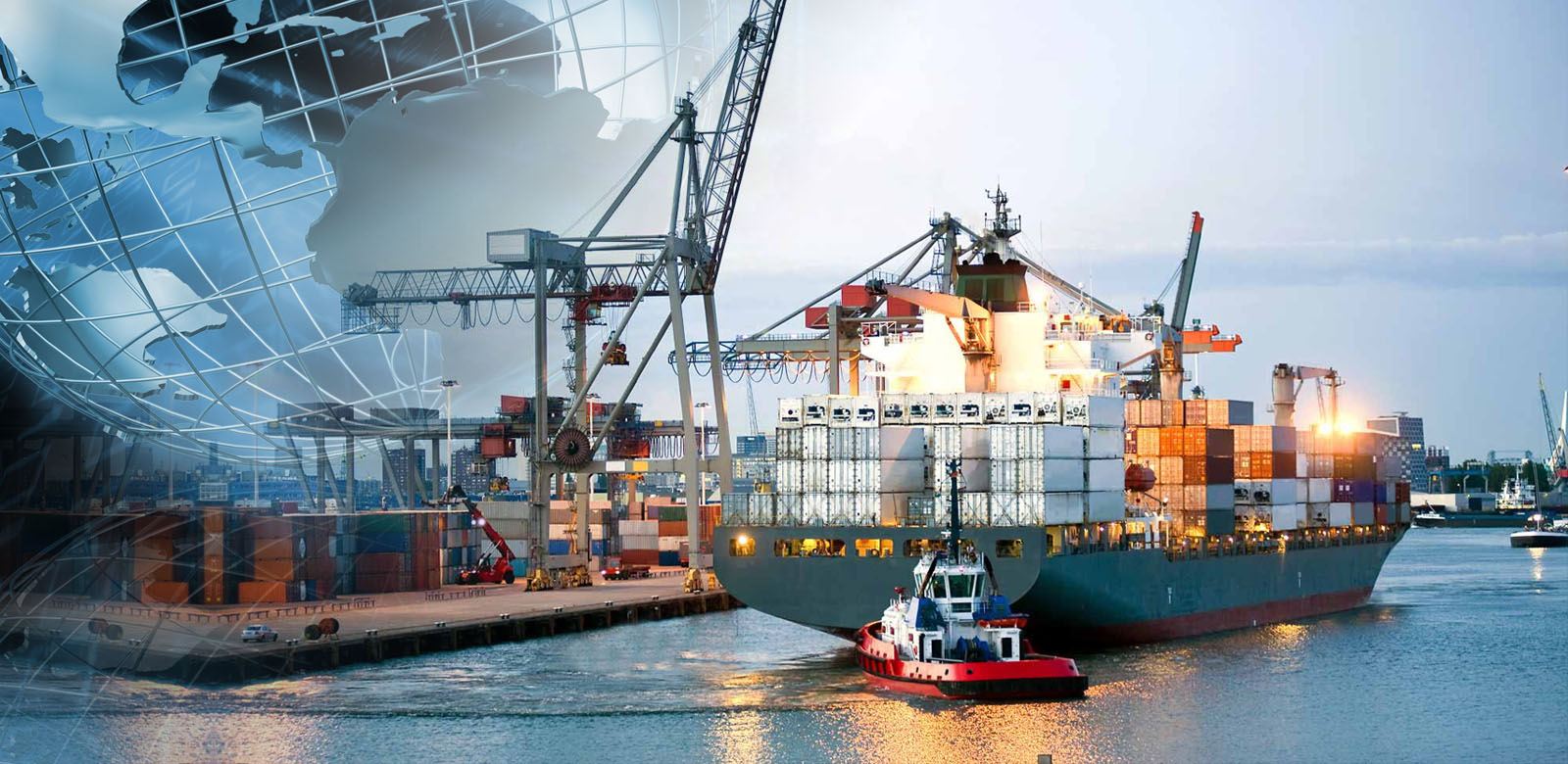Staying updated on your shipment’s arrival is critical for logistics planning, and learning how to track real-time vessel ETA to United Kingdom ensures you manage expectations, coordinate customs, and optimize delivery schedules. Whether you’re importing goods via Felixstowe, Southampton, or London Gateway, this guide outlines practical ways to monitor vessel ETAs effectively.
1. Understand Vessel ETA Basics
What Is an ETA?
- ETA (Estimated Time of Arrival) is the predicted time a vessel will reach its destination port. Carriers like Maersk or COSCO update ETAs regularly based on weather, port congestion, and route changes.
Why Real-Time Tracking Matters
- Reduced Delays: Proactive tracking lets you adjust warehouse schedules or notify customers of delays.
- Cost Savings: Avoid demurrage fees (e.g., £150/day for 滞留集装箱) by preparing for on-time clearance.
2. Use Carrier-Specific Tracking Tools
Major Carriers’ Portals
- Maersk: Enter the Bill of Lading (B/L) number on Maersk Track & Trace for live updates (e.g., “Vessel MV London Bridge delayed in Singapore – new ETA Felixstowe: Oct 25”).
- COSCO: Use COSCO Shipping Lines’ Tracking to view ETAs and port calls.
- CMA CGM: Track via CMA CGM Live Tracking for real-time maps and delay alerts.
Key Details to Monitor
- Current Port: “Vessel at Jebel Ali Port – loading complete.”
- Transit Time Remaining: “5 days to Felixstowe from Suez Canal.”
3. Leverage Third-Party Tracking Platforms
All-in-One Solutions
- 17TRACK: Aggregates data from 600+ carriers, ideal for multi-carrier shipments (e.g., track a China Top Freight-coordinated LCL shipment with B/L #CTF231001).
- VesselFinder: Provides real-time maps and port congestion insights (e.g., “Felixstowe waiting time: 48 hours due to strikes”).
- MarineTraffic: Offers free vessel tracking with AIS data (e.g., view the route of MV Edinburgh from Shanghai to Southampton).
Features to Prioritize
- Custom Alerts: Set notifications for “ETA Change” or “Port of Discharge Reached.”
- Historical Data: Analyze past ETAs for the same vessel to predict delays.
4. Coordinate with Freight Forwarders
Direct Communication
- Contact your forwarder (e.g., China Top Freight) for daily updates, especially for FCL shipments or high-value cargo.
- Example: “Our team confirms your 20’ container’s ETA is now Nov 2 due to Red Sea route adjustments.”
Use Forwarder Portals
- Many forwarders, including China Top Freight, offer client portals with live ETA tracking and document upload features.
5. Factors Affecting ETA Accuracy
External Variables
- Weather: Typhoons in the Pacific or storms in the English Channel can delay ETAs by 3–7 days.
- Port Congestion: Felixstowe’s average waiting time in Q4 2023 was 3 days, up from 1.5 days in Q2.
- Regulatory Checks: Additional customs inspections can add 1–2 days to the ETA.
Mitigation Strategies
- Buffer Time: Add 5–7 days to the carrier’s ETA for planning purposes.
- Alternative Routes: Work with forwarders to reroute via faster channels (e.g., Suez Canal vs. Cape of Good Hope).
6. Respond to ETA Changes Proactively
For Delays
- Short-Term Delays (1–3 days): Adjust warehouse staff schedules or notify retailers of minor shifts.
- Major Delays (>5 days): Activate contingency plans, such as air-freighting critical items or renegotiating delivery terms with customers.
For Early Arrivals
- If the vessel arrives ahead of schedule, contact your customs broker to expedite clearance (e.g., pre-submit documents via CHIEF system).
7. Case Study: Successful ETA Tracking
Scenario: A UK importer used 17TRACK to monitor a 15 CBM LCL shipment from Guangzhou to Southampton.
- Actions Taken:
- Set up alerts for ETA changes and port arrivals.
- China Top Freight’s team proactively notified of a 2-day delay due to Ningbo Port congestion.
- Outcome: The importer adjusted their production line schedule, avoiding a £1,200 penalty for late raw materials.
In conclusion, mastering how to track real-time vessel ETA to United Kingdom empowers you to stay ahead of logistics challenges, minimize disruptions, and maintain operational efficiency. By using carrier portals, third-party tools, and collaborating with forwarders like China Top Freight, you can ensure accurate ETA monitoring and seamless coordination from departure to delivery.


